For millennia, vibrant traditions and rituals have been the binding threads of Indian heritage, woven into the lives of families to mark passages into new stages of life. One such ritual, the dhoti ceremony, resonates deeply in the affections and understandings of the subcontinent's varied cultures, ringing out with the joy of a little boy stepping into the preliminaries of manhood. In this post, we will guide you through the rich tapestry of the dhoti ceremony, from its historical importance to the modern trends that are adding a touch of contemporary elegance to this ancient rite.
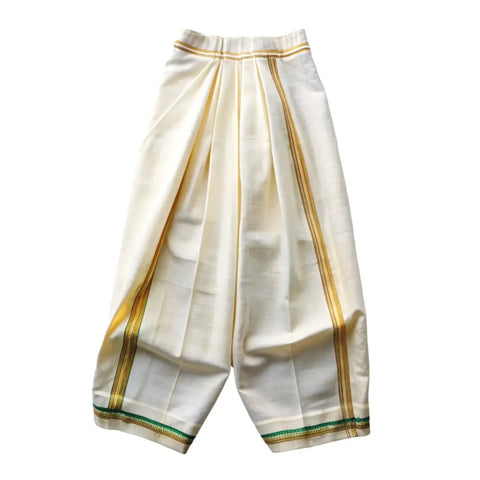
Understanding the Significance and History of the Dhoti Ceremony
The dhoti ceremony, also known as Dhoti Krsna Sambandha, is a significant tradition in several Indian cultures, symbolizing the transition of a boy into the early steps of manhood. This event marks the time when a boy's attire transforms from that of a child to adult, donning the traditional dhoti, a symbol of respect and maturity.
In the past, the dhoti was not only a cultural garment but also a sign of a person's role and station in life. Wearing a dhoti was indicative of entering a new stage of life, aligning with the significance placed on clothing as a marker of transition and growth. The ceremony today carries these rich historical meanings, emphasizing the importance of cultural continuity and milestones in a young boy's life.
Preparing for the Dhoti Ceremony with Grace
Planning and preparation for the dhoti ceremony is a significant undertaking, one that involves the harmonious blending of tradition and familial love. The right dhoti, often presented by maternal relatives, signifies honor and respect, usually crafted in silk to accentuate the grandeur of the milestone.
Invitations for the gathering call upon close friends and family, ensuring the circle present for this cherished day is one steeped in love and support. Ensuring the venue holds not just the people but the feel of a traditional Indian setting is paramount – from vibrant colors to symbolic decorations that align with the ceremony's values.
Dhoti Ceremony Decor Ideas
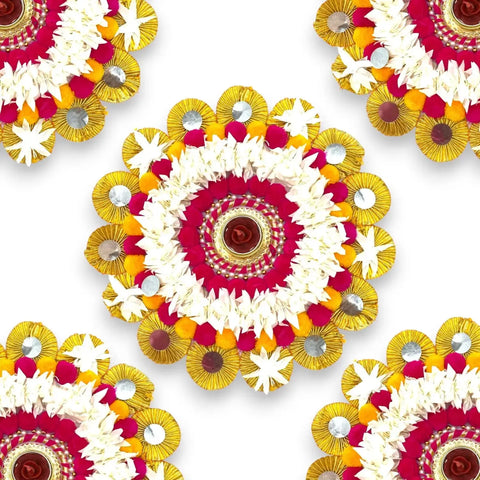
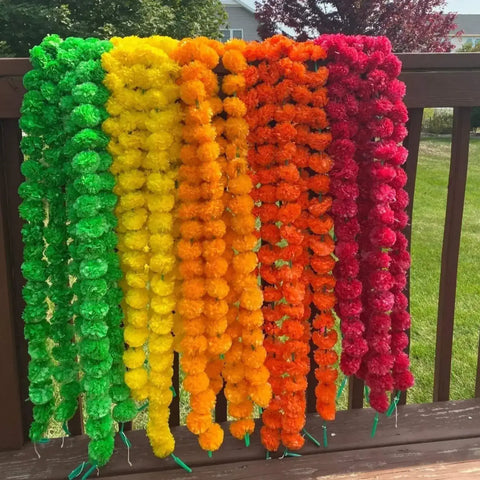

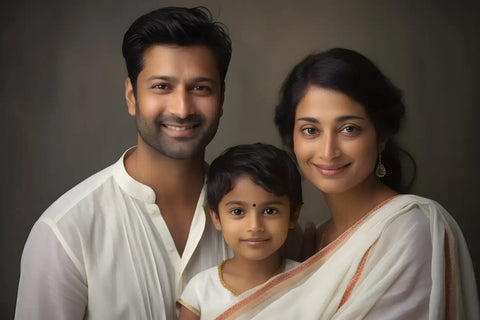
Decor plays a pivotal role in setting the tone for the dhoti ceremony. The following ideas are often incorporated as traditional symbols of growth and prosperity.
- Rangoli Art - These intricate designs made using colored powder or sand represent welcoming guests to the event, symbolizing auspicious beginnings.
- Coconut Shell Lamps - Lighting these traditional lamps, made from coconut shells and oil, represents removing darkness and ushering in positivity.
- Floral Arrangements - Flowers hold a special place in Indian culture, representing beauty, purity, and prosperity. Incorporating them into the decor adds an element of grace and elegance to the ceremony.
- Banana Leaves - Considered sacred in Hindu tradition, banana leaves are often used as plates for serving food during ceremonies. Incorporating banana leaves into the decor is seen as a symbol of abundance and prosperity.
- Traditional Fabrics - Using traditional Indian fabrics like silk, cotton, or brocade in bright and vibrant colors adds an element of cultural richness to the decor.
The day of the dhoti ceremony is a joyous one, filled with ritual and warmth. The young boy is prepared with a ceremonial bath, and later, the act of wearing the dhoti by the child is symbolic and profound. Elders and priests guide this act, imparting blessings and wisdom, segueing the child into the responsibilities and pleasures that come with time and growth.
The ceremony is punctuated with delights for the senses, from the aroma of incense to the taste of traditional sweets, engaging the community in a celebration that resonates with meaning and joy.
Dhoti Trends and Fashion - Blending Heritage with Style in USA Adaptation.
In modern times, the dhoti ceremony has taken on a new meaning as it is now often celebrated in the USA by Indian families who have migrated there. With this adaptation comes a blending of traditional heritage and American fashion trends. Dhotis are no longer just white cotton fabrics; they come in various colors and designs to suit individual tastes. Some parents even opt for customized dhotis with their child's name embroidered on it, making it a personalized keepsake.
Return Gifts - A Gesture of Gratitude
As the dhoti ceremony comes to an end, guests are given return gifts as a token of appreciation for their presence and blessings. These gifts can range from traditional items like puja thalis or religious idols to more modern gifts like personalized photo frames or eco-friendly products. This gesture not only expresses gratitude but also adds a touch of consciousness towards the environment.
As a way of showing gratitude and appreciation to the guests for being a part of this special day, return gifts or favors are often given at the end of the dhoti ceremony. Here are a few ideas for unique and meaningful gifts:

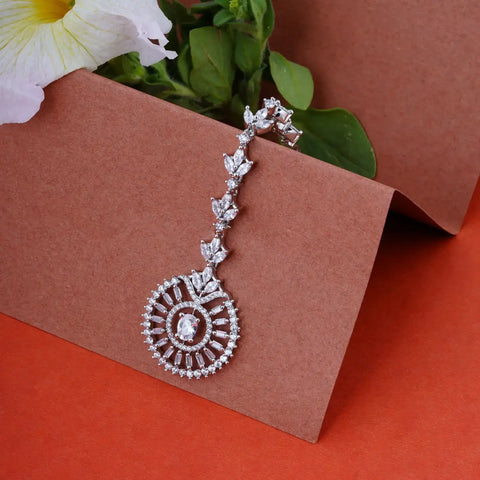
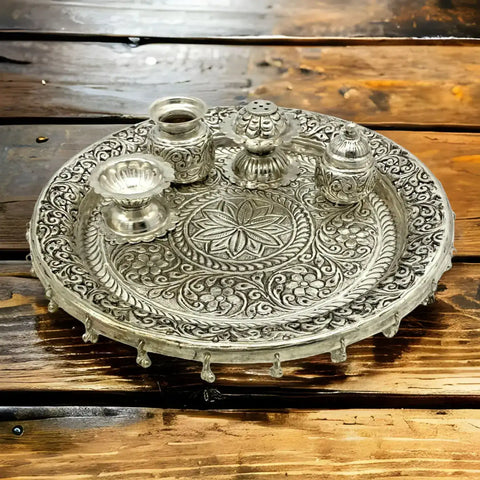
- Handmade Potli Bags - These small drawstring bags made from silk or cotton can be filled with traditional Indian sweets, nuts, or small trinkets.
- Clay Diyas - These handcrafted clay lamps represent light and positivity and can be filled with scented candles or essential oils for a fragrant gift.
- Traditional Indian Jewelry - Small pieces of jewelry like bangles, earrings, or pendants with traditional designs are not only beautiful but also hold cultural significance.
- Puja Thali Set - A puja thali is a plate used for performing religious rituals. Gifting a small puja thali set with essential items like incense sticks, diyas, and a small idol can be a meaningful gift for guests.
- Personalized Items - Adding a personal touch to the return gifts by engraving names or initials on items like keychains, coasters, or photo frames can be a unique and special way to thank guests.
These are just some ideas for return gifts, but the options are endless. It is important to choose gifts that hold meaning and represent the culture and traditions of the dhoti ceremony. Additionally, incorporating eco-friendly or sustainable items as return gifts can also add a touch of consciousness toward the environment.
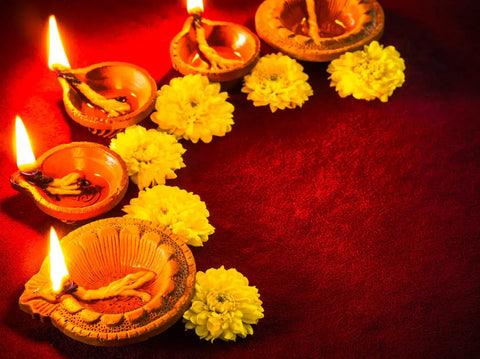
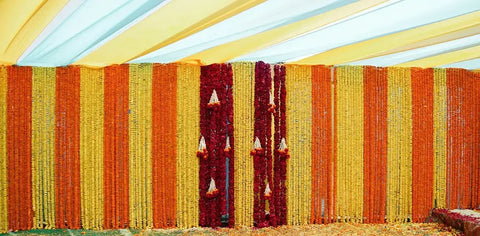
Unraveling the Dhoti Ceremony
Keeping Tradition Alive
In today's fast-paced world, it is heartening to see that traditions like the dhoti ceremony are still being celebrated and cherished by Indian families living in different parts of the world. It serves as a reminder to the younger generation about their cultural roots and the importance of honoring them. With each dhoti ceremony, the tradition is kept alive and passed down to future generations.
Capturing the Moments of Tradition and Family
In the age of digital memory, photography and videography immortalize the moments of the dhoti ceremony. It is through these mediums that the vitality of the event is translated into enduring memories, enabling future generations to relive and understand the significance of their cultural roots.
The choice of a skilled photographer is pivotal, one who understands the importance of precise symbolism in the composition of these shots. Capturing the details, the emotions, and the spirit of the day is a tribute to the age-old practice of storytelling through visuals.
After the Ceremony - A Continuation of Celebration
The post-ceremony activities cement bonds and create lasting impressions. Consider the importance of thanksgiving rituals and the distribution of traditional mementos as a gesture to immortalize the giving nature deeply rooted in Indian customs. This is also an opportunity to reflect on the moments shared and extend the love and joy of the day.
Conclusion
The dhoti ceremony remains a significant event, a touchstone for Indian culture that celebrates not just the passage of time but the ties that bind a community. Its intricate rituals and age-old meanings continue to resonate, emphasizing the value of tradition in a rapidly changing world. In it, we find a tapestry of colors and emotions that underscore the rich cultural fabric that is India.
It is our hope that this post has provided you with insights into the dhoti ceremony, an occasion that stands testament to the enduring power of tradition and family. We encourage you to partake in or learn more about this and other cultural ceremonies, for it is in these moments that we find the true essence of human existence.
If you are a family preparing for a dhoti ceremony, an event planner crafting an elegant occasion, or simply curious to learn more about celebrating cultural traditions, we invite you to share your thoughts and experiences with us. We believe that in the sharing of stories, we further enrich our lives and strengthen the tapestry of our shared human heritage.












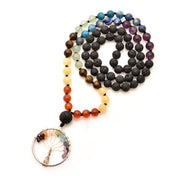




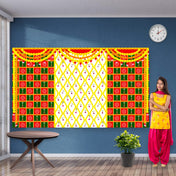
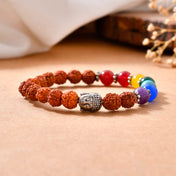


1 comment
Beautifully explained Your article on the Dhoti Ceremony provides a rich and insightful view into this meaningful tradition. Thank you for sharing.